Neodymium Oxide Sputtering Target Description
The Neodymium Oxide Sputtering Target from TFM is an oxide sputtering material composed of neodymium (Nd) and oxygen (O). This material is used in various high-precision applications due to its unique properties.
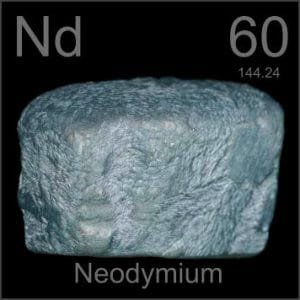
Neodymium is a chemical element with the symbol “Nd,” originating from the Greek words ‘neos didymos,’ meaning new twin. It was first mentioned in 1885 and observed by A. von Welsbach. Neodymium has an atomic number of 60 and is located in Period 6, Group 3 of the periodic table, within the f-block. Its relative atomic mass is 144.242(3) Dalton, with the number in brackets indicating the measurement uncertainty. Neodymium is widely used in the production of strong permanent magnets, which are essential in various high-tech and industrial applications, including electric motors, hard disk drives, and audio equipment.
Related Product: Neodymium Sputtering Target
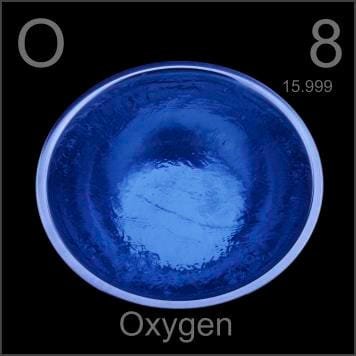 Oxygen, symbolized as “O,” is a chemical element derived from the Greek words ‘oxy’ and ‘genes,’ meaning acid-forming. It was first mentioned and observed by W. Scheele in 1771, who also accomplished and announced its isolation. Oxygen has an atomic number of 8 and is situated in Period 2, Group 16 of the periodic table, within the p-block. The relative atomic mass of oxygen is 15.9994(3) Dalton, with the number in brackets indicating the uncertainty. Oxygen is essential for life, playing a crucial role in respiration, combustion, and various chemical processes, and it is a major component of water, organic compounds, and the Earth’s atmosphere.
Oxygen, symbolized as “O,” is a chemical element derived from the Greek words ‘oxy’ and ‘genes,’ meaning acid-forming. It was first mentioned and observed by W. Scheele in 1771, who also accomplished and announced its isolation. Oxygen has an atomic number of 8 and is situated in Period 2, Group 16 of the periodic table, within the p-block. The relative atomic mass of oxygen is 15.9994(3) Dalton, with the number in brackets indicating the uncertainty. Oxygen is essential for life, playing a crucial role in respiration, combustion, and various chemical processes, and it is a major component of water, organic compounds, and the Earth’s atmosphere.
Specification of Neodymium Oxide Sputtering Target
| Material Type | Neodymium Oxide |
| Symbol | Nd2O3 |
| Color/Appearance | Light blue, Solid |
| Melting Point (°C) | 2,272 |
| Sputter | RF, RF-R, DC |
| Type of Bond | Indium, Elastomer |
Neodymium Oxide Sputtering Target Target Bonding
Specialized bonding services for Neodymium Oxide Sputtering Targets, including indium and elastomeric bonding techniques, enhance performance and durability. Thin Film Materials (TFM) ensures high-quality solutions that meet industry standards and customer needs.
We also offer custom machining of backing plates, which is essential for sputtering target assembly. This comprehensive approach improves target design flexibility and performance in thin film deposition. Our channels provide detailed information about bonding materials, methods, and services, helping clients make informed decisions.

Packaging
Our Neodymium Oxide (Nd2O3) Sputtering Target is meticulously tagged and labeled externally to ensure efficient identification and strict quality control. We take great care to prevent any damage during storage and transportation, ensuring that the targets maintain their high quality and integrity for optimal performance in various applications.


 MSDS File
MSDS File
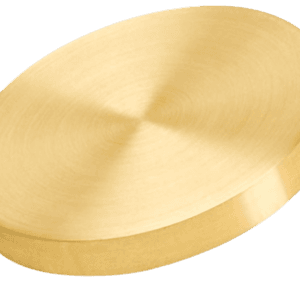
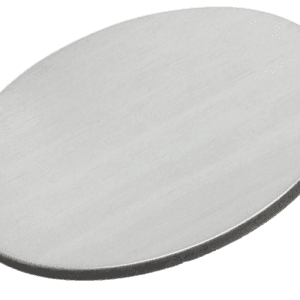
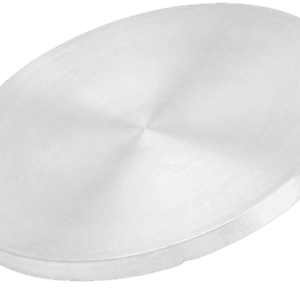
Reviews
There are no reviews yet.